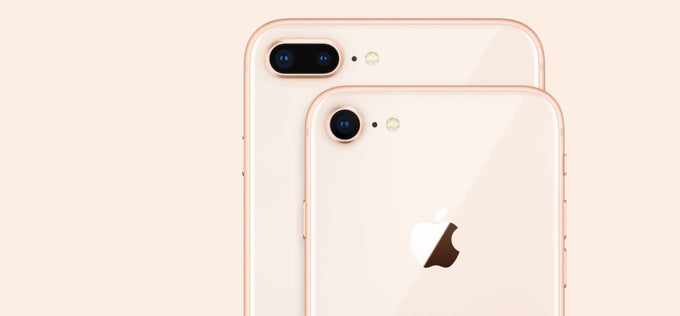64GB or 256GB iPhone 8: which storage option should you choose?

First things first: how much free space does a 64GB iPhone 8 have?
That right there is no dumb question. Even when brand new, your iPhone has some of its storage space occupied by iOS and its core applications. On our iPhone 7 Plus running the iOS 11 beta, we have almost 3.7GB taken up by the OS and a few hundred megabytes dedicated to native apps like Safari, Music, and Maps. These numbers will vary from one device to another, but for simplicity's sake, we'll assume that a 64GB iPhone has 60GB at the user's disposal.
And how much space do apps and games eat up?
Numbers vary, of course, but we do know the figures for some of the most popular iOS apps. For example, Apple's own iLife suite (including GarageBand for making music and iMovie for editing video) consumes about 2GB of storage, and iWork (including office apps: Pages, Keynote, and Numbers) requires an additional 1.3GB. These are all optional apps, of course, but are all nice having.
We must also take popular apps and games into account. We downloaded 20 of the most popular iOS apps, and all together took up a little over 2 gigs of space, which is not too bad. Of course, many of these apps will cache additional data over time, but the OS will clean that up automatically if storage space is low. With games, it is a different story. They can be very large in size, with premium titles going well into gigabyte territory. We put together 10 of the most popular iOS apps and their space requirements totaled to 7.2GB.
What about video, music, and photos?
We've updated this section with more accurate information regarding the size of videos on iOS 11.
Without a doubt, video is the media with the highest space demands. On iOS 11 and with its new high-efficiency video compression enabled, each minute of high-quality footage at the traditional 1080p, 30fps setting takes up 60MB of space, and 4K video takes up a whopping 170MB per minute. The iPhone 8 and 8 Plus have the capability of shooting 4K at 60 frames per second – the highest quality recording mode on an iPhone ever – and that consumes 400MB per minute.
Music is a lot less taxing. Should you choose to keep any Apple Music tracks for offline use, each will take around 9.2MB of space. So a gig of storage will fit around 108 songs.
And with photos, the situation is a bit complicated since image size varies depending on what's in the frame and on whether you have the Live Photo option enabled. But on average, and if you have Live Photos on about half the time, 1GB will fit around 262 shots. Our calculations are based on a total of 50 photos of various scenes that we took with our iPhone 7 Plus and with Apple's new HEIF image format.
Okay! So which one do I get: 64GB or 256GB iPhone 8?
On a 64GB iPhone 8, you can store 1000 songs, 2500 regular photos, 2500 Live Photos, 2 hours of 4K video at 30fps, 20 of the most popular apps, 10 of the most popular games, and Apple's own productivity suite of applications. That's a lot of stuff, and if you think you can fit within these figures, then you'll be totally fine with a 64GB iPhone 8 or iPhone 8 Plus.
But if you take and store a lot more video on your iPhone, if you consider yourself a heavy gamer, if you never bother deleting any of the photos that you take, then yes, the 256GB iPhone is the one you should consider. Since it provides you with 4 times as much storage space, a premium of $150 is reasonable and easy to swallow.













Things that are NOT allowed: